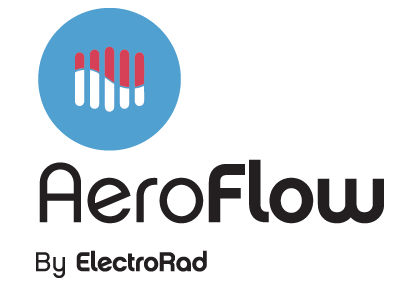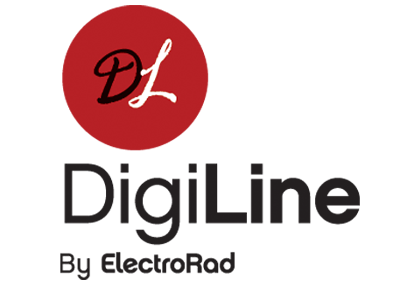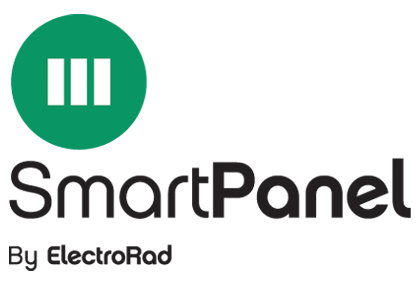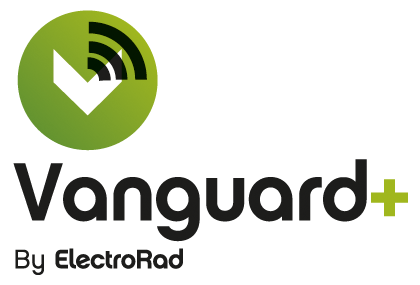We often get asked if solar panels and underfloor heating used together means you are essentially generating free heat. In its simplest form it seems like the ideal marriage: free electricity and therefore free heating. But, unfortunately this does not really work in reality, and here are the reasons why.
How much energy do solar panels produce?
At its peak the sun can deliver around 1000W of power per square meter. This is only really achievable for a very short amount of time per year as when you look at how solar panels work, the sun needs to be bright, at 90 degrees (perpendicular) to the panel, no clouds and a nice gentle breeze to cool the panels down again.
So, in reality we get an average of around 5000W/m2 per day in summer which drops to around 800W/m2 in winter. On average, homes have around 20m2 of panels on a roof and the panels are around 20% efficient.
Based on this, the maths says we will get around 20kWh per day on average in summer from solar panels, and around just under 1kWh per day in winter.
How much power does electric heating require?
If your home is fairly well insulated (around current building regulations levels) it will use around 30W/m2 at design temperature. Therefore a 200m2 home uses 6kW of heat when it is cold and less when it is not so cold.
Electric Heating uses a fixed amount of electricity per square meter to keep the room warm. The initial heat up though will use more power in order to raise the room temperatures when required.
This creates quite a large electric load, often a lot more than the <30W/m2 that the home needs – but this is not the way solar panels deliver power.
Why solar panels aren’t enough for Electric Heating
It all comes down to basic supply and demand when looking at solar panels and electric heating. Unfortunately, the 1kWh you’ll achieve from your solar panels in winter (the time when you need your electric heating the most), is not enough to run the fridge and television for a day, let alone electric heating. While that 1kWh will contribute to your heating needs, you’ll need a back up plan in place. This will be a normal electricity supply to power your electric heating.
Will solar batteries solve the problem?
If you’re thinking of other ways to make solar panels and electric heating work together, you may ask what if I get solar batteries?
In terms of the big picture, there is still not enough energy from the sun to heat the whole home, but you could potentially use the off peak electric tariff to charge the battery, and then use the battery to run the heating.
Once again we turn to maths to establish the facts.
The difference between the peak electric tariff and the off-peak electric tariff is around 20p, depending on which tariff you are on. That means that if you have a 10kWh battery you will save £2 per day during the heating season – which is realistically up to around 6 months in some places.
You could also apply this process during other times of the year depending on how much electricity you use and whether you are using electricity during the day.
Naturally the closer you are to summer, the greater chance you have of using some solar power to help fulfil your power needs, but in all but the most extreme and calculated situations, the idea that solar panels can run your underfloor heating is destined to remain just that, an idea.
If you have a Passivhaus (or a very low energy home), lots of solar panels, work from home, have additional battery systems and have great heat emitters and building management controls then maybe this could work. However, the capital investment and life expectancy of the equipment may still be a hurdle.






